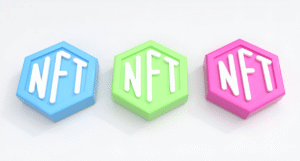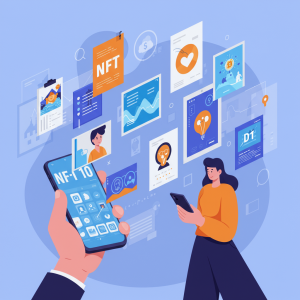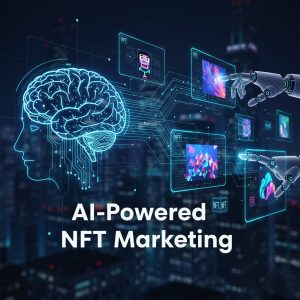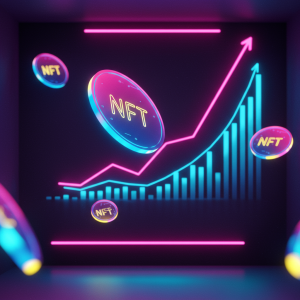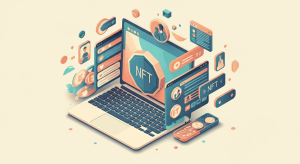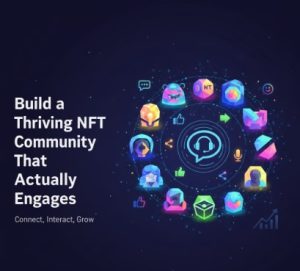Revolutionizing the Music Industry: NFT Licensing and Distribution Models
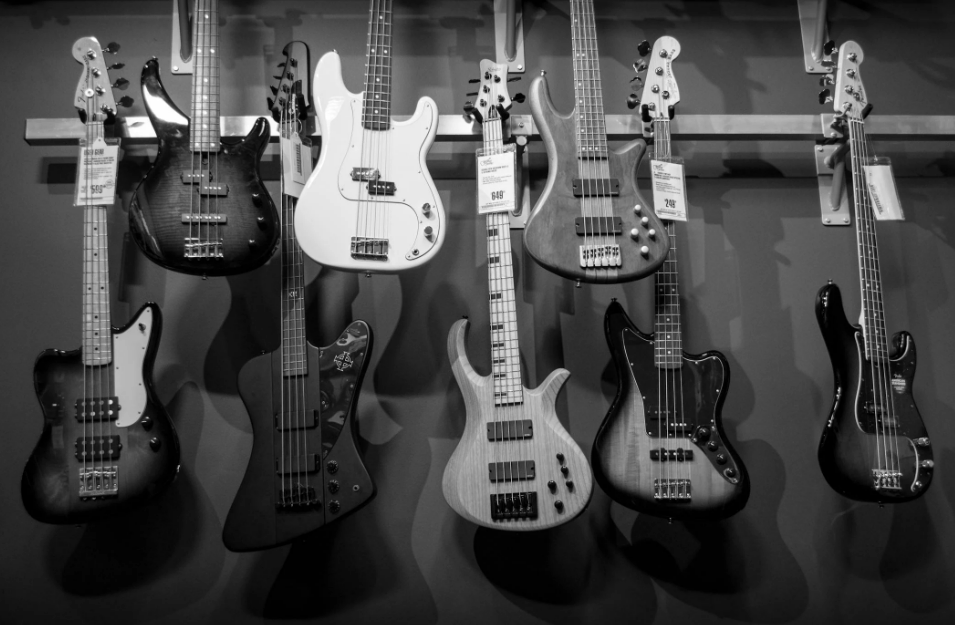
In the ever-evolving landscape of music distribution, NFT technology has emerged as a revolutionary force, fundamentally altering how artists monetize their work and connect with fans. The traditional music industry paradigm—where intermediaries claimed substantial percentages of artist revenue—is being challenged by blockchain-based alternatives that promise greater autonomy and financial return for creators.
The Shift from Traditional to Tokenized Licensing
For decades, musicians have struggled with complex licensing agreements that often left them with only a fraction of their earnings. Major labels typically claimed 80-90% of streaming revenue, while platforms like Spotify pay artists approximately $0.003-$0.005 per stream. This economic imbalance has driven many musicians to explore alternative revenue models.
NFT music licensing introduces a transformative approach by embedding royalty structures directly into smart contracts. These self-executing agreements automatically distribute payments whenever the music is used, streamed, or resold. This creates perpetual income streams that continue generating revenue long after initial sales.
“NFTs represent the first time in digital history where artists can truly own their distribution channel,” notes music technology researcher Maria Gonzalez from the Digital Music Economics Institute. “The transparency and immutability of blockchain records ensure artists receive their fair share without relying on third-party accounting.”
Innovative Distribution Models Emerging in the Space
Several groundbreaking distribution models have gained traction within the NFT music ecosystem:
Direct-to-Fan Limited Editions allow artists to release exclusive tracks with built-in scarcity. These limited offerings often include special perks like backstage access, personalized messages, or voting rights on creative decisions. The artificial scarcity inherent in NFTs creates value similar to physical collectibles but in the digital realm.
Fractional ownership models divide music rights into thousands of tokens, enabling fans to own portions of their favorite songs. When that music generates revenue through licensing or streaming, token holders receive proportional payments. This approach transforms passive listeners into invested stakeholders in an artist’s success.
Access-based NFTs function as keys to exclusive content libraries, private communities, or special events. Unlike traditional fan clubs, these digital memberships have transferable value and can appreciate over time, creating secondary market opportunities for early supporters.
Intellectual Property Implications
The integration of blockchain technology with music IP management represents perhaps the most significant shift in the industry. Smart contracts can now handle complex licensing scenarios automatically—from synchronization rights for film and advertising to sample clearances and cover versions.
“What we’re witnessing is the codification of copyright law into programmable agreements,” explains entertainment attorney James Wilson. “Artists can now specify exact usage terms and compensation requirements that execute without human intervention, dramatically reducing licensing friction.”
This automation extends to collaborative works, where multiple contributors can receive their predetermined percentages instantly upon monetization. The system’s transparency also helps prevent the rights management problems that have plagued the industry for years.
Fan Engagement and Community Building
Beyond financial models, NFT distribution creates novel ways for artists to build loyal communities. Token holders often gain access to private Discord servers, exclusive listening parties, and direct communication channels with creators. This cultivates a sense of belonging that transcends traditional fandom.
Some forward-thinking musicians have implemented governance tokens that allow fans to vote on creative decisions—from album artwork to tour locations. This collaborative approach transforms the artist-audience relationship from passive consumption to active participation.
Visit our homepage for more insights on how NFT technology is transforming creative industries beyond music.
Challenges and Future Outlook
Despite its promising potential, NFT music licensing faces significant hurdles. Environmental concerns regarding energy consumption continue to trouble environmentally conscious artists, though many platforms have migrated to more efficient proof-of-stake models. Legal frameworks also remain underdeveloped, with questions about how traditional copyright law interfaces with blockchain-based ownership.
The technology’s complexity presents another barrier to mainstream adoption. Many artists and fans find the learning curve steep, from setting up crypto wallets to understanding gas fees and token economics. Simplifying these processes remains crucial for broader implementation.
Nevertheless, the trajectory appears clear—we’re witnessing the early stages of a fundamental shift in how music value is created, distributed, and captured. As the technology matures and accessibility improves, NFT-based models may become standard practice rather than experimental alternatives.
For musicians seeking greater control over their work and direct relationships with their audience, blockchain-based distribution models offer unprecedented opportunities to redefine success on their own terms. The revolution isn’t just about technology—it’s about restoring economic and creative agency to those who create the music we love.


